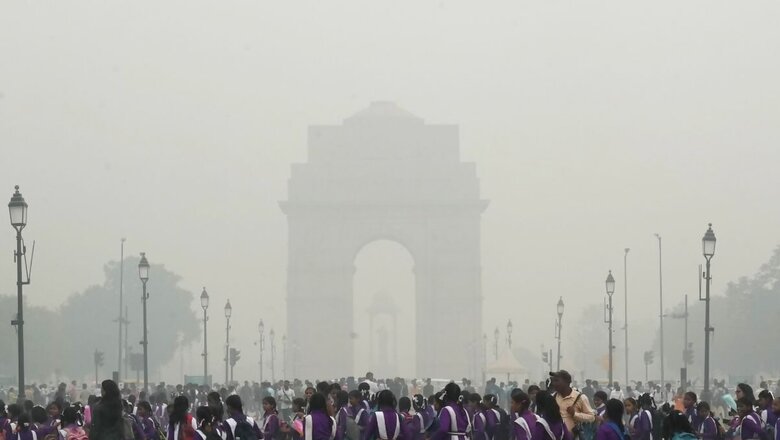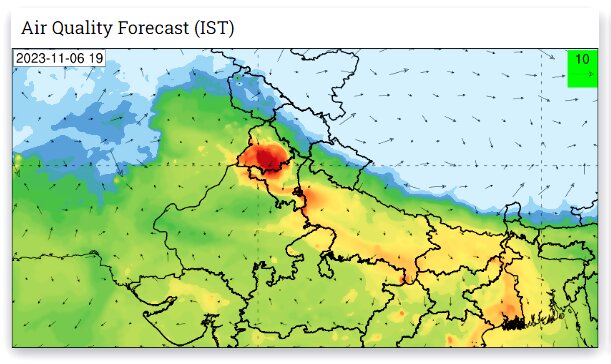
views
There is no let-up in stubble burning, even as a dense layer of toxic smog envelops the National Capital Region (NCR) dragging the air quality to severe levels. The satellites detected as many as 4,160 fire counts over the last 24 hours on Sunday — the biggest spike so far this season.
As many as 3,230 of them were recorded from Punjab, followed by 698 in Madhya Pradesh, 109 in Haryana, 64 in Uttar Pradesh and 59 in Rajasthan. There has been a sudden surge in the crop fires from November 1, the data indicates.
According to Indian Agricultural Research Institute (ICAR), New Delhi, which monitors the active fire events due to rice residue burning using satellite remote sensing, as many as 16,329 fire counts were reported from September 15 to November 1, which surged rapidly to 26,727 by November 5.
Punjab, with the largest area under paddy, accounts for nearly 65 per cent of the fire counts followed by Madhya Pradesh (20 per cent), Haryana (5 per cent), Uttar Pradesh (5.6 per cent) and Rajasthan (3.9 per cent). More cases are being reported from Sangrur, where the late-sown paddy is now being harvested, followed by Ferozepur and Tarn Taran. In Haryana, the highest number of cases are being reported from Fatehabad, Jind and Kaithal.

However, a year-to-year comparison shows the overall fire counts have reduced compared to last year. In 2022, the six agricultural states in Northwest India recorded 35,699 cases by November 5, compared to 26,727 during the same period this year. Punjab and Haryana have shown a reduction of at least 40 per cent compared to last season.
However, the period coincides with the deteriorating air quality in Delhi. The air pollution has surged to severe levels across the National Capital Region (NCR) since November 2 with the Air Quality Index (AQI) above 450, and crossing 500 (Severe Plus) at various places. With no improvement over the last three days, Stage Four of the Graded Response Action Plan (GRAP) was enforced in Delhi on Sunday evening.
The air quality over Delhi remained in Severe category with an AQI 454 according to the Central Pollution Control Board (CPCB). While the predominant winds were from Northwest directions, their speed remains low at around 04-06 kmph for a few hours during daytime and generally calmer during the night. The latest forecast suggests the air quality is expected to remain in the severe category over the next few days amid unfavourable meteorological conditions.
The entry of truck traffic has also been stopped in Delhi, except for trucks carrying essential commodities, as well as diesel buses from the neighbouring states. Children, elderly and those with respiratory, cardiovascular, cerebrovascular or other chronic diseases have also been advised to avoid outdoor activities and stay indoors as much as possible until the air quality improves.



















Comments
0 comment